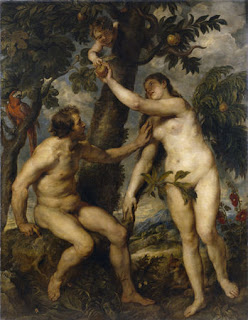CONNECTIVITY
At
the third week ITAP lecture we talked about Connectivity. Two of the 5 key
principles which interested me the most were:
Notions
of Originality
On many occasions I wasn’t aware that some ideas
e.g. in advertisement, were stolen from another artist. The ITAP lecture opened
my eyes and I looked more deeply into the history of art and the history of
photography. It is good to steal ideas for the inspirational purpose or to wake
up the imagination. Therefore to achieve that it is recommended to read old books,
look at old paintings, photographs and everything visual what could be an
inspiration because everything has use, even the smallest detail. It is great to find ideas which speak directly to your
soul, like for example political concepts which can be re contextualised. A
piece of artwork may look original but very often it is an idea redeveloped
from a pre existing source. So the idea itself is not new, the new form of the
idea is reshaped, reworked. However the line is very fine between our own idea
and stealing ideas from someone else, this is called plagiarism.
I love the
quote of Jim Jarmush: ,,Nothing is original’’.
Below
we can see the form which has been used many times for different ideas or
commercial work and for contemporary commentary. It is a E.T. c.1982 theatrical poster and ceiling paintings in the Sistine Chapel by Michael Angelo created between 1508-1512.
It is important to ask the questions. What is
the original intention behind the piece of work? Who is the audience for the
work? What is the content? When you
contextualise something you need to ask yourself: what is it about? What is it
for? It must be culturally specific but based on original source. It is not
important from where the idea was taken but where it is taken to. What is the
final context and message?
The
piece below 'Melanie Manchot - The Fontainebleau Series' 2001 is a reproduction
of a piece created in 1594, yet this has been recreated again in 1998 by Mario
Sorrenti for a YSL ad Campaign. We can see the similarities of both work but
they have different meaning.
 |
| Unknown artist - Gabrielle d'Estrées - c.1594 |
 |
| Melanie Manchot – The Fontainebleau Series –c.2001 |
 |
| Mario Sorrenti – YSL ad Campaign - c.1998 |
Re
contextualised Ideas and Concepts In Contemporary Culture
Cultural context in the piece of art makes
relevant difference. Idea re contextualised in various forms which are
recognised.
 | |
| Lucas Cranach - Adam and Eve – c.1520 |
 |
|
Peter
Paul Rubens Adam and Eve
-c.1628-1629
|
The
ideas which have been reshaped and recreated have titles which are the
signposts in contemporary art for viewers. It gives attention to time frame
which goes with a piece of artwork. John
Currin, is a contemporary painter who recreates images which may be called pornographic
pictures. The fact that he uses paint instead of photography or moving image
has changed the context and we read it differently. He has re contextualised the idea to modern
context. The title is a signpost.
 |
| John Currin - After Courbet - c.2008 |
 |
| Gustave Courbet – Origine du Monde - c.1866 |
Image source:


